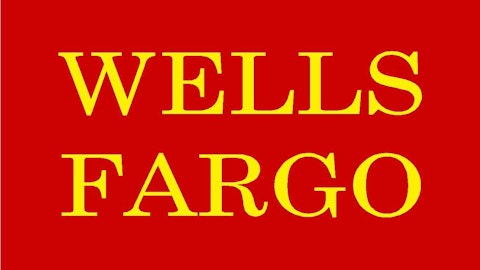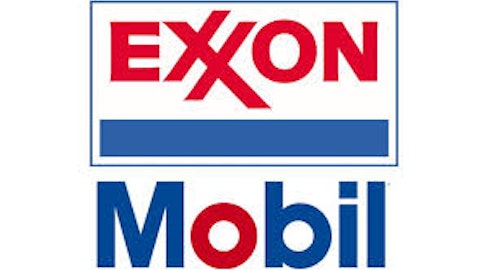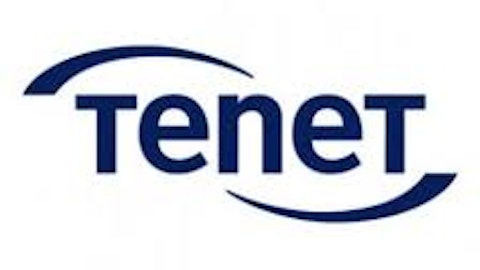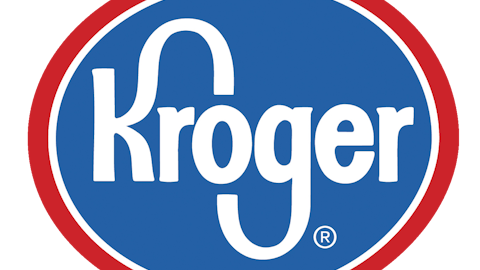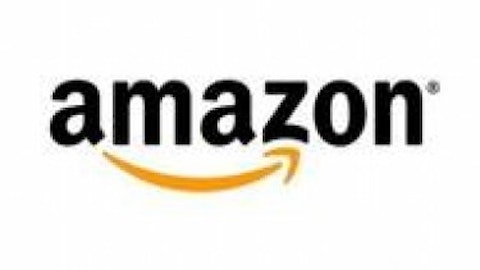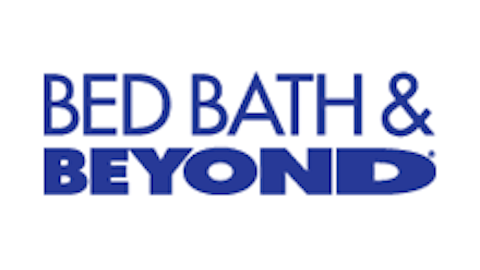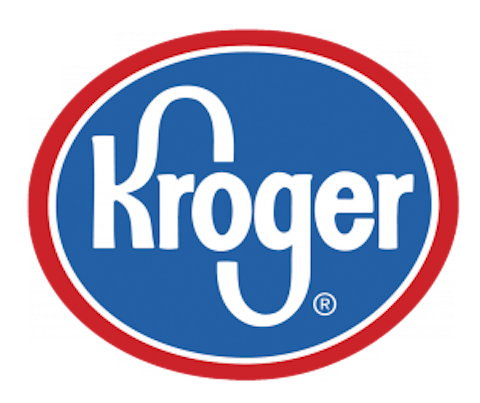
Recently, even the more stable multi-department stores are taking this option as they see their domestic market near its maturity level. Entering new markets can be a way to increase revenues. On July 9, The Kroger Co. (NYSE:KR) acquired Harris Teeter Supermarkets Inc (NYSE:HTSI), after paying 1.8% premium, in order to increase its U.S. market share.
Will the acquisition of Harris Teeter add accretive value to Kroger?
Let’s take a closer look at Kroger’s recent acquisition of Harris Teeter and try to analyze if it is a wise long-term investment or not.
The purchase of Harris Teeter will increase The Kroger Co. (NYSE:KR)’s market presence in the southeast and mid-Atlantic zones, with a corresponding base of 212 stores in these regions. This effectively adds 10% to Kroger’s store count. The company will serve the customers of three additional U.S. states, now catering to a total of 34 states. The stores are mainly positioned in high-growth markets, vacation spots and university communities in North Carolina, Virginia, Delaware, Florida, etc.
With the ability of Harris Teeter Supermarkets Inc (NYSE:HTSI) to generate high operating margins, the added stores are expected to be an attractive acquisition. The deal is based on exploiting synergies mostly from cost savings due to the expanded scale of operations. The Kroger Co. (NYSE:KR) expects to materialize cost savings of roughly $40 million-$50 million per year over the period of upcoming three to four years. Kroger has also achieved synergy goals it claimed in the past as well.
The acquisition was purely funded by raising debt. This quickly triggers the question of increased financial risk of the company. However, The Kroger Co. (NYSE:KR) plans to continue distributing quarterly dividends and pursue its share-repurchase program even afterwards. The company intends to utilize the increased free cash flow resulting from cost savings to pay off the leverage raised for this transaction. Although the debt-to-EBITDA ratio will rise as the deal finalizes, Kroger has a plan in place to restore debt to EBITDA back to 2.00-2.20 over the next 1.5-2 years. Kroger is determined to preserve its present investment-grade credit score.
The Kroger Co. (NYSE:KR) says the acquisition will increase EPS, ranging between $0.06 to $0.09 in the upcoming year, after assigning some cash for principal reduction. The acquirer expects to sustain its present 8-11% growth in EPS over the longer term, backed by its higher earnings base.
What are the other players in the industry up to?
Conventional grocery stores confront increasing competition from wholesale retailers like Wal-Mart Stores, Inc. (NYSE:WMT)
Wal-Mart has started off to convert its discount stores into supercenters, with the introduction of groceries being the unique factor. Similar to other grocery stores, Wal-Mart is now providing fuel as well. These actions have resulted in Wal-Mart Stores, Inc. (NYSE:WMT) being able to add stores in the U.S. without reporting a decline in revenue generated per store.
Although the significance of international business expansion is growing, Safeway (NYSE:SWY) recently sold off its Canadian operations to Sobeys in order to raise cash. The proceeds will be primarily used to pay off the company’s $2 billion outstanding debt. Safeway plans to utilize the residual proceeds of 3.8 billion to repurchase stock and invest in growth opportunities.
As the competition continues to stiffen, Kroger has taken firm steps to effectively reduce the price gap between the company’s products and the new competitors’ products.
Final thoughts
The synergistic benefits resulting from the acquisition of Harris Teeter Supermarkets Inc (NYSE:HTSI) are expected to materialize in the next few years. The Kroger Co. (NYSE:KR) has also announced it will maintain its dividend policy. In light of the aforementioned accretive value creation that this merger will provide, Kroger is an immediate buy candidate for many. The stock provides a regular income stream. This acquisition is further expected to raise share prices as the benefits are realized. Since the announcement of the deal, the share price has risen by 37%.
With the domestic business of Wal-Mart nearing saturation – it accounts for 75% of its operating income – the company may confront problems in increasing its income further. Exploring new markets could be a possible way for Wal-Mart to grow revenue. Until then, Wal-Mart can be a buy for investors looking for a regular income as the company expects to increase its dividend by 18% in 2013.
The article Kroger: Exploring And Exploiting Strategic Advantages originally appeared on Fool.com and is written by Awais Iqbal.
Awais Iqbal has no position in any stocks mentioned. The Motley Fool has no position in any of the stocks mentioned. Awais is a member of The Motley Fool Blog Network — entries represent the personal opinion of the blogger and are not formally edited.
Copyright © 1995 – 2013 The Motley Fool, LLC. All rights reserved. The Motley Fool has a disclosure policy.
